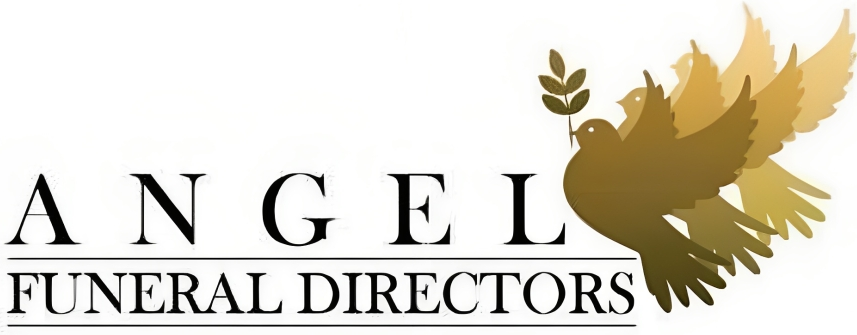We Can Help You in Different Situations
Adipiscing elit, sed do eiusmod tempor incididunt ut labore et dolore magna aliqua. Ut enim ad minim.
Funeral Homes
Funeral Services
WHEN TO REGISTER THE DEATH?
Usually, a death must be registered within 5 days, unless the Coroner (The Coroner is a doctor or solicitor who is responsible for investigating deaths which are sudden, unnatural or uncertain.) has to determine the cause of death.
Who can register?
Only the following persons are eligible to register the death:
• Any relative (the next-of-kin is preferred)
• Any person present at the death
• An occupant of a care or nursing home where the death occurred
• An official from the hospital where the death took place
• An executor or friend causing the disposal of the body
When the death is expected?
Before an appointment is made to visit the Register Office, you will need to have in your possession (or at least know that it is ready for collection) the Medical Cause of Death Certificate. This certificate is issued by the deceased’s own General Practitioner when the death occurs at a private residence or care home, and it is usually available from the surgery during the next working day. When it is an expected death in hospital, then the doctor who was treating the deceased must complete this certificate. Contact the office that deals with bereavement support and the staff will phone when the Medical Cause of Death Certificate is ready for collection.
When the death is unexpected or unnatural?
When the death is sudden, unexpected or unnatural (including industrial diseases) then it will be referred to the Coroner responsible for the district where the death occurred. The Coroner may agree with the deceased’s own doctor that they can issue a Medical Cause of Death Certificate, therefore registration can take place as soon as this certificate has been received.
or
The Coroner will arrange for an examination of the deceased to determine the cause of death and will inform the appropriate Registry Office directly of this information, allowing registration to be completed.
or
The Coroner will arrange for an examination and collect evidence to open an Inquest to determine the cause of death. After the Inquest, the Coroner will register the death. An Interim Death Certificate can be requested until this takes place.
AT THE REGISTRY OFFICE
The Registrar will require the following information:
• The Medical Cause of Death Certificate (unless the Coroner has determined the cause of death)
• Full name of the deceased (together with the maiden name for a lady and other names they may have been known as)
• The date and place of death
• The date and district of birth of the deceased
• The normal residence of the deceased
• Details of the deceased’s spouse (if married)
• The NHS Medical Card of the deceased (if available)
• Details of the informant, i.e. the person registering the death.
Once all the information has been recorded on the Registrar’s computer, a Death Certificate will be printed off and the informant is asked to sign it as correct. The Registrar will then issue the following:
Certificate for Burial or Cremation (green)
Unless the funeral is to be a cremation and the Coroner has determined the cause of death.
Certificate of Registration form BD8 (white)
issued where the deceased was in receipt of a Pension or other benefits from the State.
Certified Copy of the Death Certificate (grey)
A statutory fee is payable for each copy (which is currently £11.00 at the time of registration) therefore consider how many copies are necessary.
TELL US ONCE
After the registration has been completed, the Registrar will offer the “Tell us once” service, which provides the opportunity to notify central and local government departments about the death. You will need the deceased’s National Insurance number to enable this to proceed and if applicable their passport and driving licence details as well. You can find out more about this by visiting this link :
https://www.gov.uk/after-a-death/organisations-you-need-to-contact-and-tell-us-once

Embalming and Hygiene Treatment
Embalming is the art and science of preserving human remains by treating them to forestall decomposition. This is usually done to make the deceased suitable for public or private viewing as part of the funeral ceremony. Embalming accomplishes three goals: disinfection, preservation, and restoration.
We always request the permission of the family before starting the embalming process, as many families do not wish to embalm their loved one.
If the family would like to do private or public viewing, we always advise for the deceased to be embalmed to prevent the spread of infections.
While we strive to achieve exactly what you wish for in terms of embalming and viewing, there are rare moments when it is not possible.
Washing and Dressing
We have a dedicated washroom facility where families can come to wash and dress their loved one after the Embalming and Hygiene treatment have been completed. Due to Health and Safety, we will have our staff to assist the family through out the wash and dress process to ensure they get the right guidance.

